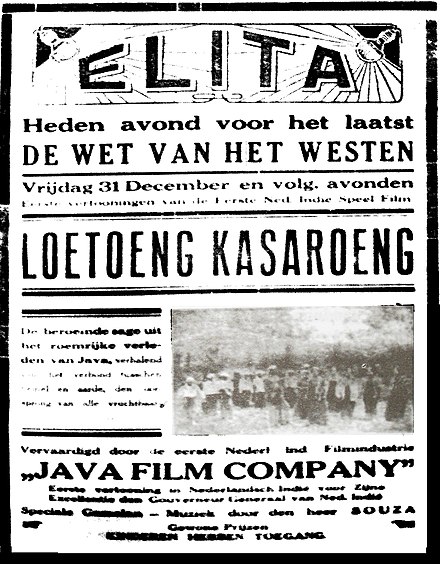Los Países Bajos , informalmente Holanda , es un país situado en el noroeste de Europa con territorios de ultramar en el Caribe . Es el más grande de los cuatro países constituyentes del Reino de los Países Bajos . Los Países Bajos constan de doce provincias ; limita con Alemania al este y Bélgica al sur, con una costa del mar del Norte al norte y al oeste. Comparte fronteras marítimas con el Reino Unido , Alemania y Bélgica. El idioma oficial es el neerlandés, con el frisón occidental como idioma oficial secundario en la provincia de Frisia . El neerlandés, el inglés y el papiamento son oficiales en los territorios del Caribe .
Los Países Bajos han sido una monarquía constitucional parlamentaria con una estructura unitaria desde 1848. El país tiene una tradición de pilarización (separación de los ciudadanos en grupos por religión y creencias políticas) y un largo historial de tolerancia social , habiendo legalizado la prostitución y la eutanasia , junto con el mantenimiento de una política liberal de drogas . Los Países Bajos permitieron el sufragio femenino en 1919 y fue el primer país en legalizar el matrimonio entre personas del mismo sexo en 2001. Su economía avanzada de mercado mixto tiene el undécimo ingreso per cápita más alto del mundo. La Haya alberga la sede de los Estados Generales , el Gabinete y el Tribunal Supremo . El puerto de Róterdam es el más transitado de Europa . Schiphol es el aeropuerto más transitado de los Países Bajos y el cuarto más transitado de Europa . Al ser un país desarrollado , los Países Bajos son miembro fundador de la Unión Europea , la Eurozona , el G10 , la OTAN , la OCDE y la OMC , así como parte del Espacio Schengen y la Unión trilateral del Benelux . Alberga organizaciones intergubernamentales y tribunales internacionales , muchos de los cuales tienen su sede en La Haya. ( Artículo completo... )
.jpg/440px-1924_50C_Huguenot-Walloon_New_Netherland_(obverse).jpg)




Robben fue nombrado jugador del año del FC Groningen durante la temporada 2000-01 de la Eredivisie y Jugador Joven del Año de los Países Bajos durante su etapa en el PSV Eindhoven . También fue el Jugador del Mes de la FA Premier League durante el mes de noviembre de 2005 en el Chelsea FC .
Robben nació en la ciudad de Bedum , en la provincia de Groningen , Países Bajos, y se dedicó al fútbol desde muy joven. Comenzó a jugar en el club local VV Bedum. Robben se convirtió en un seguidor del método Coerver, creado y popularizado por el entrenador de fútbol holandés Wiel Coerver . La habilidad de Robben en el control del balón y el juego técnico de pies lo convirtieron en un jugador valioso, y rápidamente fue fichado por el club local FC Groningen.


El Wikiportal holandés se encuentra actualmente en construcción. ¡Agradeceremos enormemente su ayuda!
Ver también:
Agreguese a la categoría de Wikipediadores ubicados en los Países Bajos .